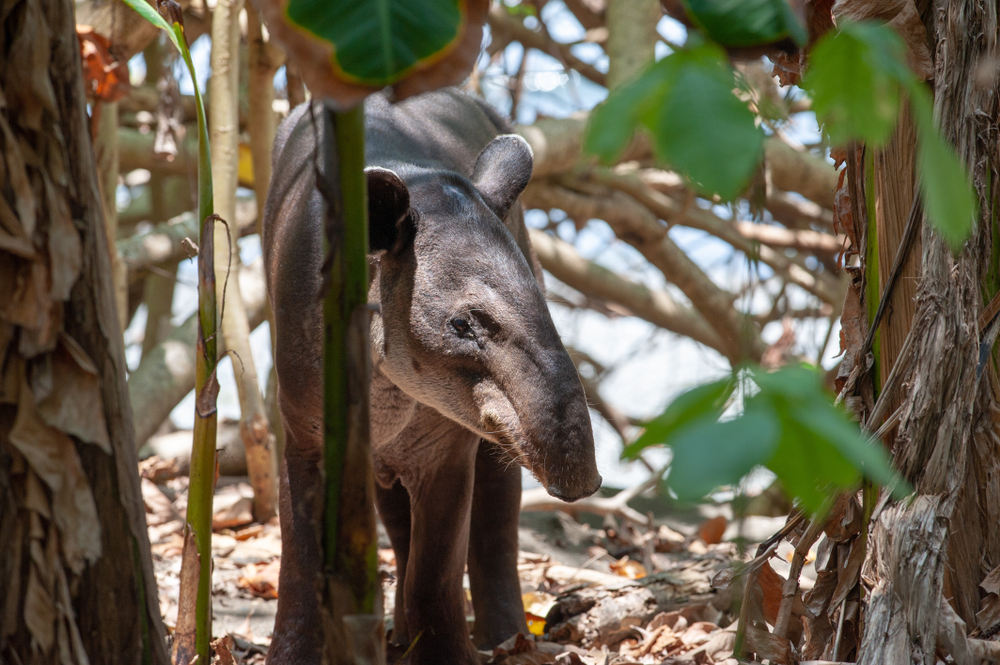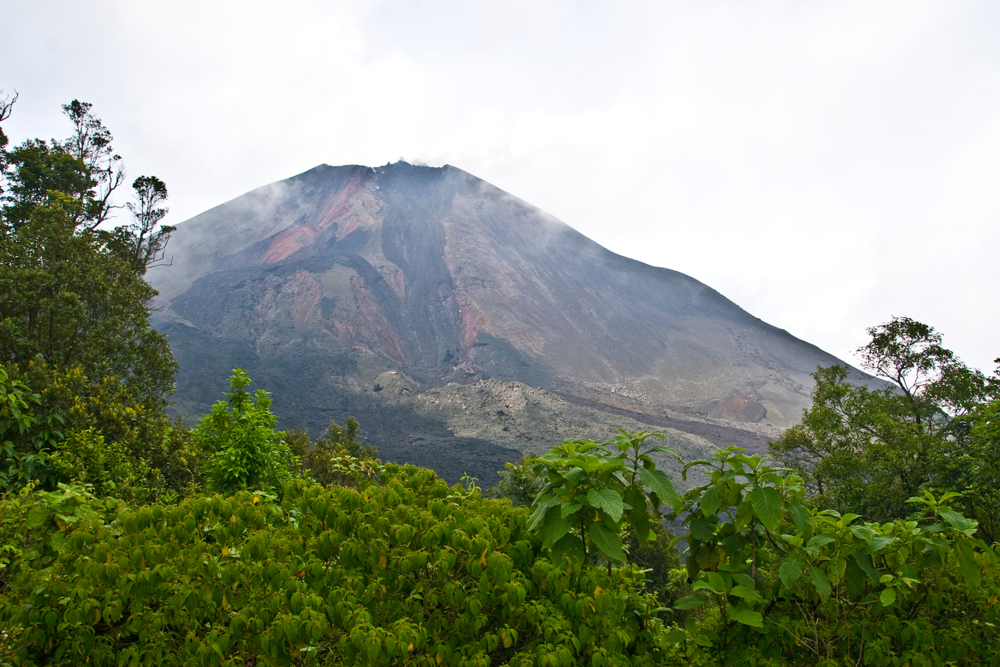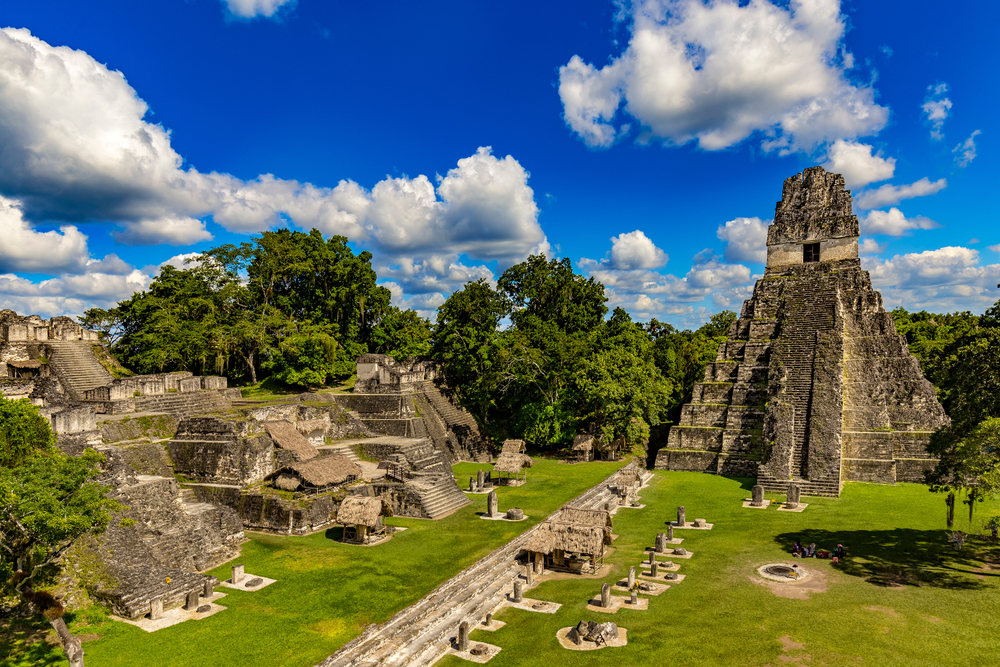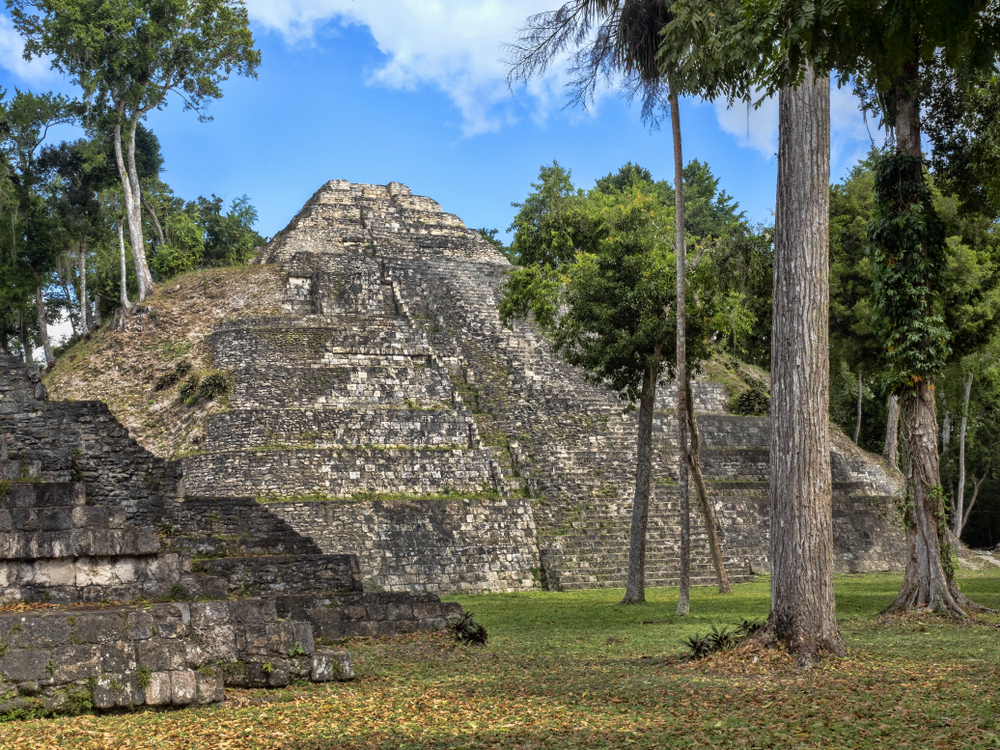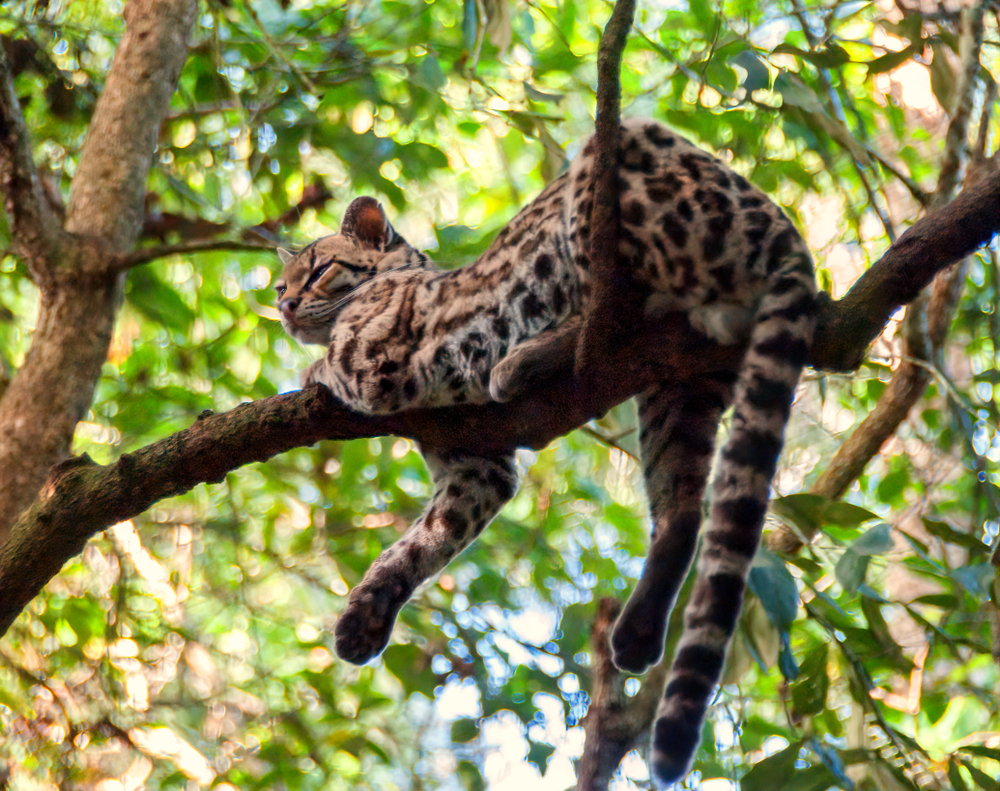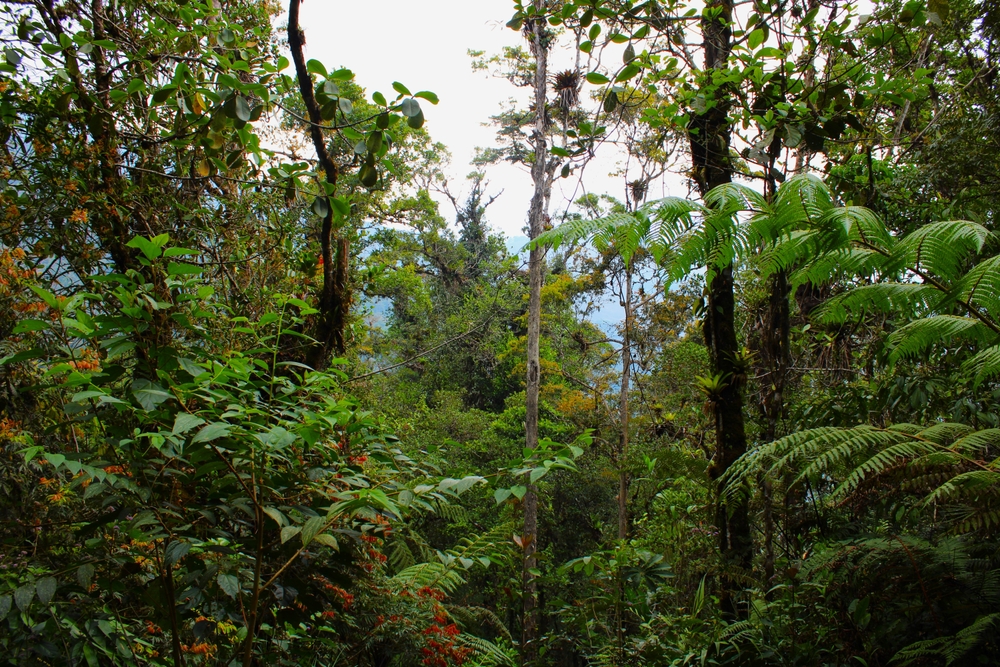Laguna El Pino Overview
Laguna El Pino National Park, locally known as “Laguna El Pino,” is a natural gem located in the municipality of Barberena, in the department of Santa Rosa, Guatemala.
This national park covers an area of approximately 0.73 square kilometers (0.28 square miles) and sits at an elevation of 1,022 meters above sea level. Situated about 30 kilometers south-southeast of Guatemala City, it is an easily accessible and popular destination for both locals and tourists.
The park’s terrain is dominated by the lagoon that gives it its name, spanning 0.72 square kilometers (0.28 square miles) with a maximum depth of 18 meters. Surrounding the lagoon are forested areas primarily composed of casuarinas, cypress trees (Cupressus lusitanica), ingas (Inga xalapensis), and pines.
In the wetland areas, aquatic plants such as water hyacinths (Eichhornia crassipes), elodea (Elodea canadensis), spike rush (Eleocharis elegans), and California bulrush (Scirpus californicus) can be found. This mix of ecosystems creates a diverse and picturesque landscape, inviting exploration and appreciation of nature.
The wildlife in Laguna El Pino National Park is just as rich and varied. The park serves as a habitat for numerous aquatic bird species, including the pied-billed grebe (Podilymbus podiceps), cattle egret (Bubulcus ibis), common gallinule (Gallinula galeata), American coot (Fulica americana), and the northern jacana (Jacana spinosa).
During the summer months, the lagoon becomes a refuge for thousands of migratory birds that find an ideal feeding and nesting ground in this environment. In addition to birdlife, the lagoon is home to several fish species, making it an attractive location for recreational fishing.
One of the park’s most striking features is its “mirror of water,” the lagoon itself, which offers opportunities for swimming, water sports, and boating. The surrounding forested areas provide excellent settings for hiking, mountain biking, and birdwatching.
Visitors will find picnic facilities, camping areas, and sports fields, making it a versatile space for various recreational activities. On weekends and holidays, it is common to find services offering horseback riding and rowboat rentals, further enhancing the visitor experience.
Visitors can engage with the park in multiple ways. Nature lovers can explore the trails that lead through the forest, offering chances to observe local flora and fauna. Those interested in water activities can swim, kayak, or take a leisurely boat ride on the lagoon.
Families and groups of friends can enjoy designated picnic and camping areas, allowing them to spend a day or an entire weekend immersed in nature. Additionally, fishing is a favorite pastime for both relaxation and sport.
In terms of conservation, Laguna El Pino National Park faces challenges related to preserving its ecosystems and biodiversity. The high number of visitors necessitates careful management to minimize environmental impact and ensure that recreational activities do not disturb the park’s natural balance. However, since its designation as a national park in 1955, significant efforts have been made to protect and conserve this natural area.
The park’s administration, in collaboration with local communities, continuously works on environmental education initiatives, reforestation programs, and species monitoring to ensure the park’s long-term sustainability. These efforts have successfully preserved critical habitats and promoted responsible tourism practices that benefit both the environment and surrounding communities.
Overall, Laguna El Pino National Park is a destination that blends natural beauty, ecological diversity, and a variety of recreational activities. Its proximity to the capital makes it an easily accessible option for those seeking an escape from urban life to reconnect with nature in a peaceful and welcoming environment.








































































